Friedrich Wilhelm Herschel was a German astronomer who lived in England. He was considered the founder of stellar astronomy.
Herschel was born in Hanover, Germany, on November 15, 1738. His father was a musician and played in the city’s military band. Herschel soon learned to play the oboe and the violin. At 14 he joined his father’s band.
In 1757 Herschel left Hanover and moved to England, where he continued to work as a musician and composer.
After reading popular works on astronomy, he developed a passion for sky-gazing.
Lacking the money to buy a telescope, he decided to design and build one himself.
Herschel soon realized the telescopes available at the time were unsatisfactory. He personally developed technical innovations that allowed him to obtain a brighter, more powerful instrument.
His telescope immediately proved effective. Herschel observed the white patches on the surface of Mars and speculated they might be ice. It took two centuries and several space missions for the rest of the world to confirm Herschel’s intuition.
In 1781 a celestial body near the constellation Gemini attracted his attention. Thanks to his observations, Herschel understood that he had discovered a new planet, Uranus.
The discovery earned him international renown. King George III of England offered him an endowment and a significant sum of money to invest in the construction of a large telescope.
Work began in 1786 and ended three years later. The telescope was the largest that had ever been built. It was 12 meters long. Its main mirror weighed a ton and had a diameter of almost 1.5 meters. It could only be moved using a system of pulleys.
Herschel began to classify all the new sightings he made with his telescope. He worked for over 20 years, describing more than 90,000 celestial bodies. He concentrated in particular on nebulae, thought by his contemporaries to be nothing more than clouds of cosmic dust. Prior to Herschel’s telescopes, nebulae appeared as blurry objects with undefined outlines.
Herschel managed to focus on these objects and saw that many were different from one another. He decided to classify them, describing each one’s characteristics. He sensed that some nebulae were actually celestial formations very similar to our galaxy, the Milky Way.
He also observed double stars, or systems made up of two stars orbiting the same barycenter. His calculations were essential in proving that stars exert gravitational pull on one another.
Herschel was knighted in 1816 for his research. He died in Slough, England, on August 25, 1822. He was 83.
Herschel was born in Hanover, Germany, on November 15, 1738. His father was a musician and played in the city’s military band. Herschel soon learned to play the oboe and the violin. At 14 he joined his father’s band.
In 1757 Herschel left Hanover and moved to England, where he continued to work as a musician and composer.
After reading popular works on astronomy, he developed a passion for sky-gazing.
Lacking the money to buy a telescope, he decided to design and build one himself.
Herschel soon realized the telescopes available at the time were unsatisfactory. He personally developed technical innovations that allowed him to obtain a brighter, more powerful instrument.
His telescope immediately proved effective. Herschel observed the white patches on the surface of Mars and speculated they might be ice. It took two centuries and several space missions for the rest of the world to confirm Herschel’s intuition.
In 1781 a celestial body near the constellation Gemini attracted his attention. Thanks to his observations, Herschel understood that he had discovered a new planet, Uranus.
The discovery earned him international renown. King George III of England offered him an endowment and a significant sum of money to invest in the construction of a large telescope.
Work began in 1786 and ended three years later. The telescope was the largest that had ever been built. It was 12 meters long. Its main mirror weighed a ton and had a diameter of almost 1.5 meters. It could only be moved using a system of pulleys.
Herschel began to classify all the new sightings he made with his telescope. He worked for over 20 years, describing more than 90,000 celestial bodies. He concentrated in particular on nebulae, thought by his contemporaries to be nothing more than clouds of cosmic dust. Prior to Herschel’s telescopes, nebulae appeared as blurry objects with undefined outlines.
Herschel managed to focus on these objects and saw that many were different from one another. He decided to classify them, describing each one’s characteristics. He sensed that some nebulae were actually celestial formations very similar to our galaxy, the Milky Way.
He also observed double stars, or systems made up of two stars orbiting the same barycenter. His calculations were essential in proving that stars exert gravitational pull on one another.
Herschel was knighted in 1816 for his research. He died in Slough, England, on August 25, 1822. He was 83.
RELATED
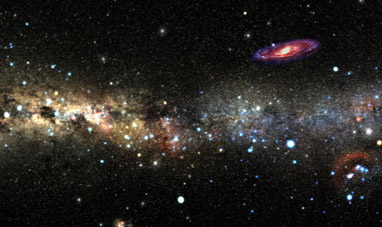

NEBULAE
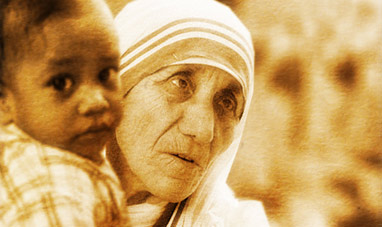

MOTHER TERESA OF CALCUTTA
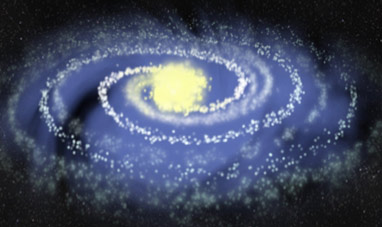

GALAXIES
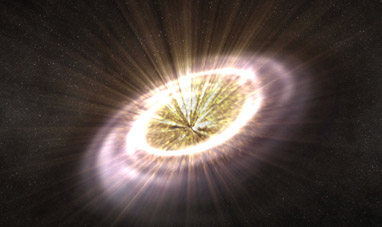

QUASARS
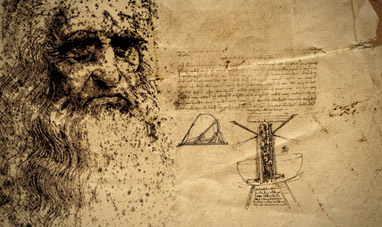

LEONARDO DA VINCI
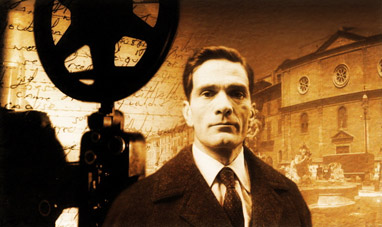

PIER PAOLO PASOLINI
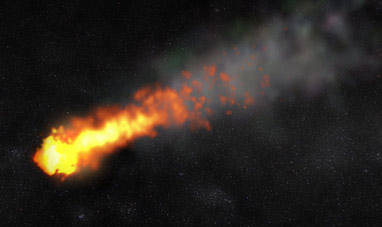

METEORS


HERBERT MARCUSE
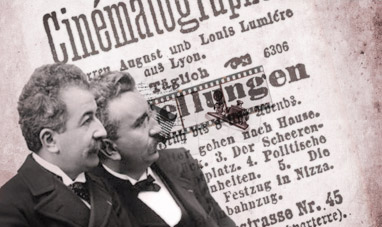

THE LUMIÈRE BROTHERS
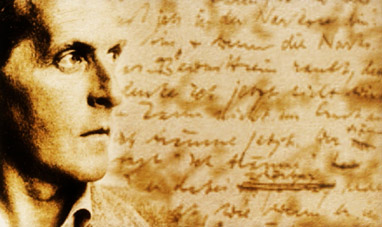

LUDWIG WITTGENSTEIN
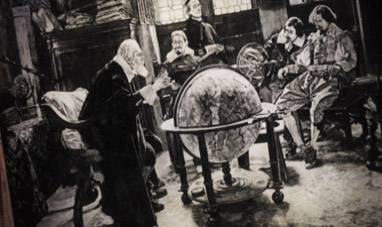

GALILEO GALILEI
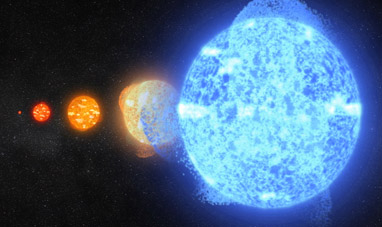

STARS


SUPERNOVAS
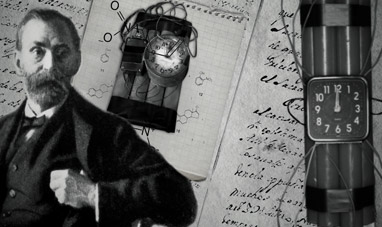

ALFRED NOBEL


BENEDETTO CROCE
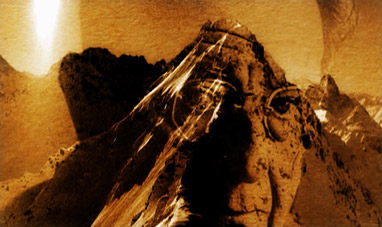

ERICH FROMM
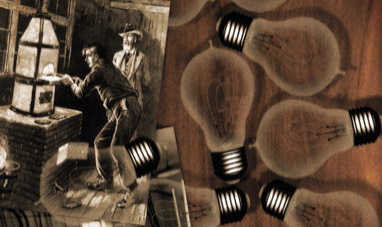

THOMAS ALVA EDISON
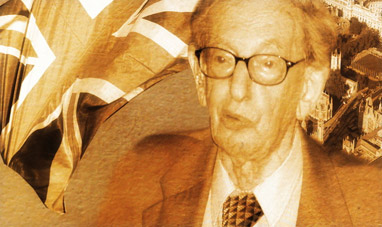

ERIC HOBSBAWM
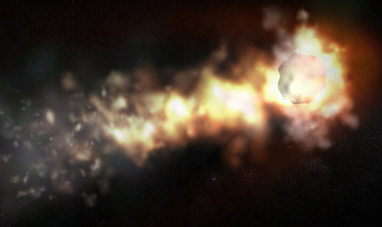

METEORITES
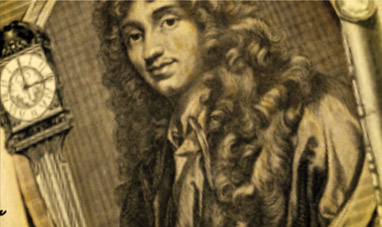

CHRISTIAAN HUYGENS


NICOLAUS COPERNICUS
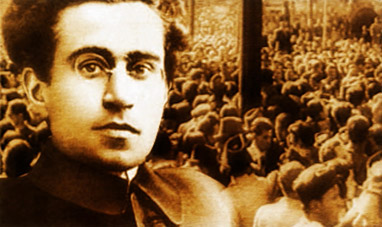

ANTONIO GRAMSCI
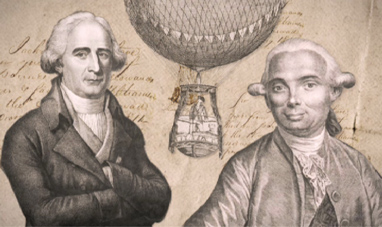

THE MONTGOLFIER BROTHERS
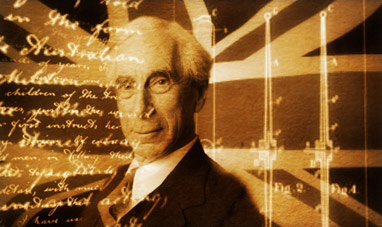

BERTRAND RUSSEL
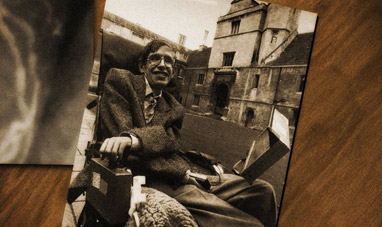

STEPHEN HAWKING


EDWARD JENNER


WERNHER VON BRAUN
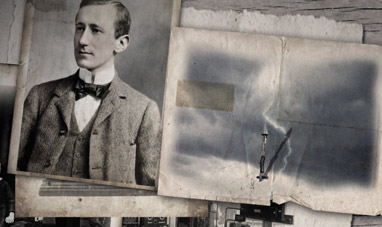

GUGLIELMO MARCONI


JOHANNES GUTENBERG


EDMUND HALLEY
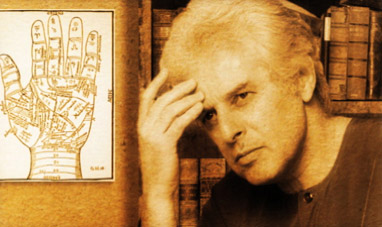

ALEJANDRO JODOROWSKY
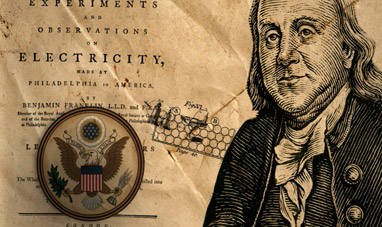

BENJAMIN FRANKLIN


CARL GUSTAV JUNG
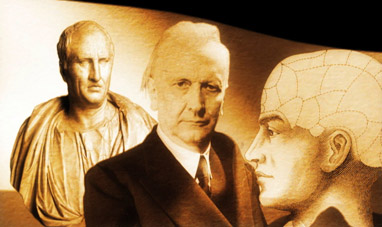

KARL JASPERS
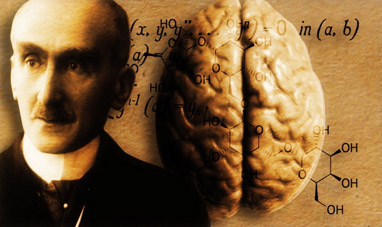

HENRI BERGSON
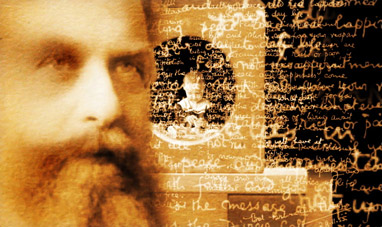

EDMUND GUSTAV ALBRECHT HUSSERL
